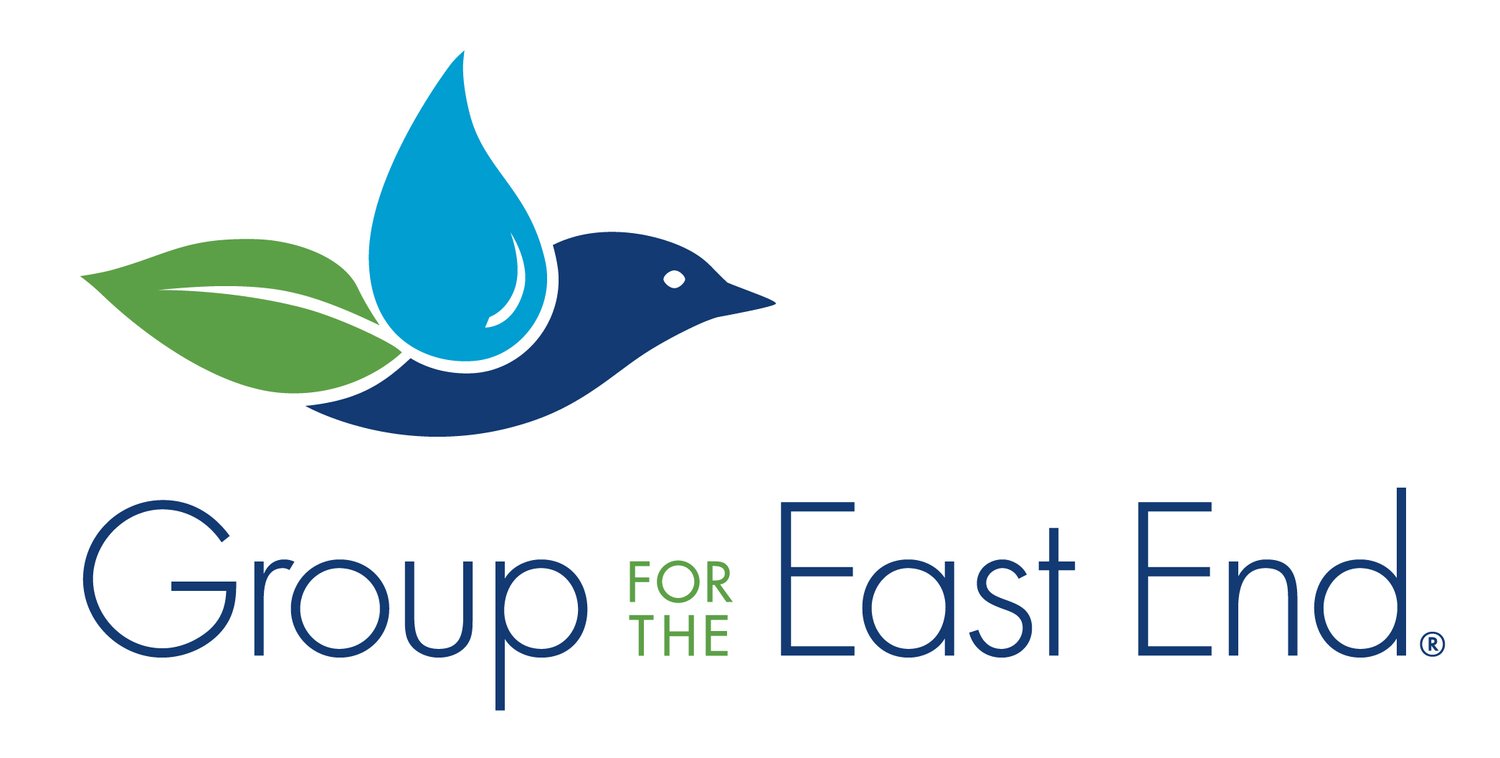Spring is in the Air: Migrating Birds Are Returning
BY STEVE BIASETTI, GROUP FOR THE EAST END DIRECTOR OF ENVIRONMENTAL EDUCATION
I saw my first osprey of the season this week, perched atop a tree on the north side of Sound Avenue near Mattituck Creek. It was right on time. From November through mid-March, the species cannot be found anywhere on eastern Long Island. Then the migration floodgates open in mid- to late March, and all of a sudden ospreys are everywhere! I look forward to enjoying their dive-fishing antics for the next seven months.
Last weekend at Quogue Wildlife Refuge, I heard the lazy trill of the pine warbler for the first time this year. This early migrant arrives on the East End in late March each year, and sets up shop in local pine-oak woodlands to raise the next generation of lazy trillers. Pine warblers could be considered the pioneers of their family, as the vast majority of visiting warblers – 30+ species possible on Long Island annually – usually wait until the month of May to make an appearance.
Snowy owl, Jay Rand photo
March is a bit of a transition month. Many wintering birds are still around, including American bitterns, snowy owls, white-throated sparrows, dark-eyed juncos, and a great variety of waterfowl. These birds are not interested in abandoning their winter habitat anytime soon, with many of them hanging here another six weeks.
White-throated sparrow
And yet, there are multiple avian signs that “spring is in the air.” American woodcocks have begun their courtship flights over open fields at dusk. Eastern screech and great horned owls are advertising their presence in local woodlots with increased regularity. Fish crows, absent these past four months, are suddenly “cawing” everywhere, sounding like common crows with nasal congestion. American robins hunt for earthworms on lawns and sod fields. Tree swallows are being seen consistently for the first time since November, making acrobatic swoops to catch flying insects. American oystercatchers and piping plovers have arrived along the shore, advanced scouts beginning the search for a nesting site that’s “just right”.
Signs of spring will be showing at an accelerated pace as the calendar progresses into April and May. But I choose not to rush things. I want to make sure to enjoy these early harbingers of the season.



